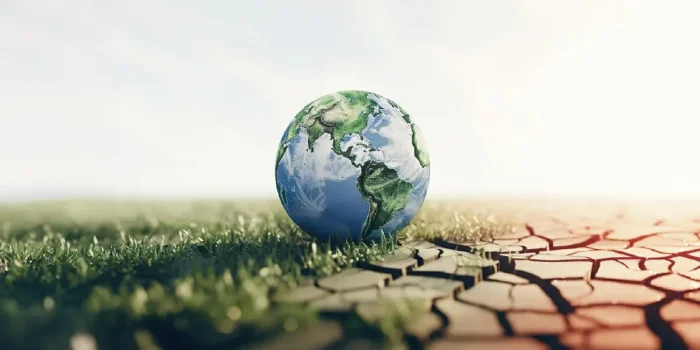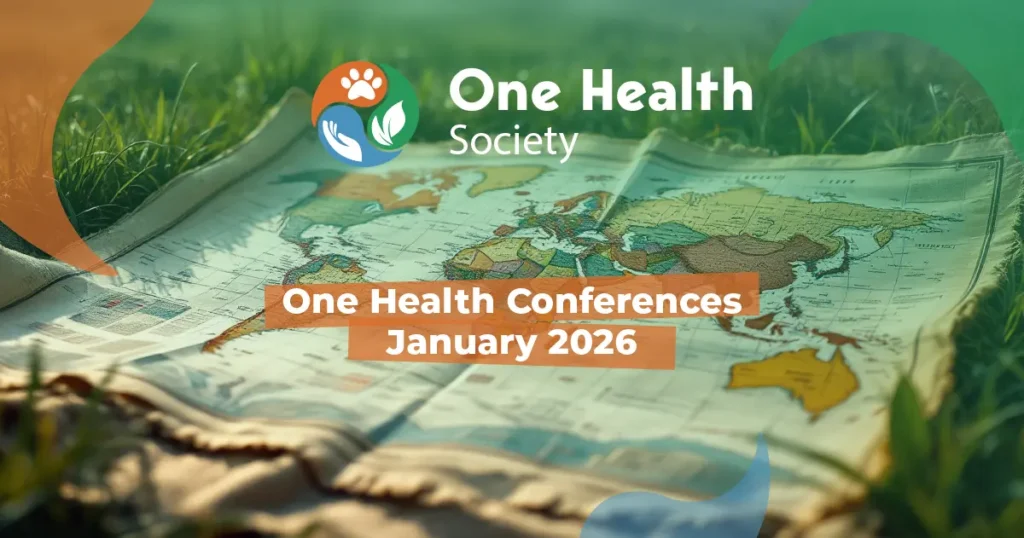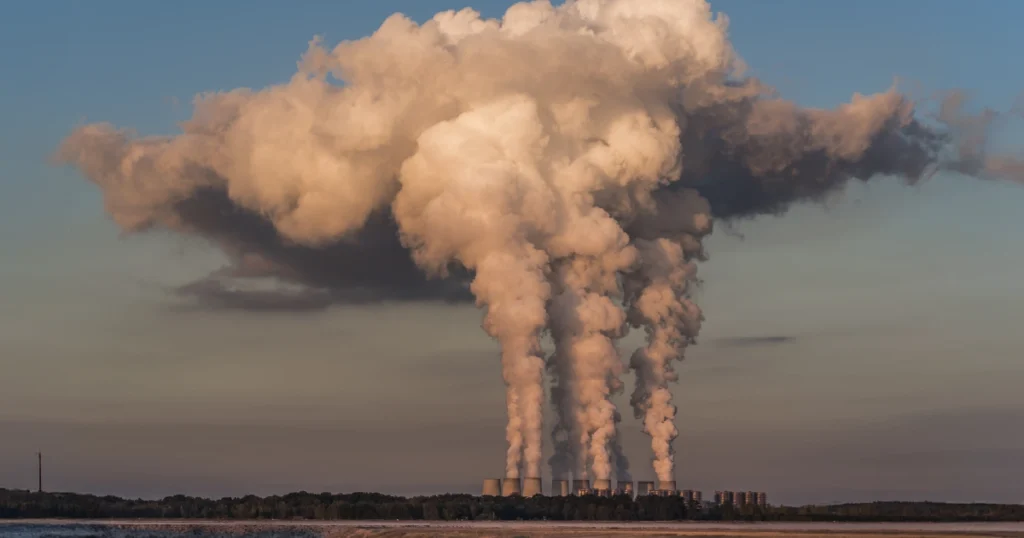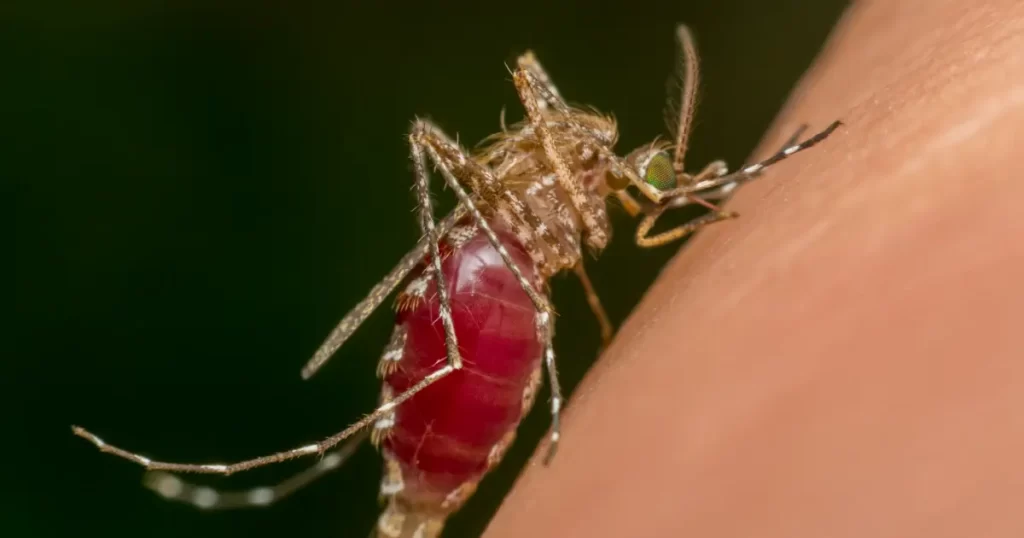Introduction
In the fight against global health threats, vaccines and hospitals often receive the spotlight. But what if the real heroes are clean water, sanitation, and hygiene? As climate change accelerates, climate change and water health have become deeply intertwined—affecting disease patterns, food security, and health system resilience.
What will it take to protect public health in a world where clean water is no longer guaranteed?
Why Water Health Matters
Water is the foundation of life and a vital determinant of public health. It supports everything from hydration and hygiene to food production and disease prevention. Yet, climate change is intensifying threats to this resource, turning water health into a global crisis with serious public health consequences.
Waterborne Disease Surges
When clean water access declines, infectious diseases flourish. According to a 2024 review, climate-related events such as droughts and flooding significantly increase the risk of diarrheal diseases globally [3]. Cholera, typhoid, and rotavirus are especially deadly for children and immunocompromised individuals. Refugee camps and slums, with limited sanitation, are particularly vulnerable.
Food Insecurity and Malnutrition
About 70% of global freshwater is used for agriculture. Drought and overuse reduce crop yields and livestock productivity, raising food prices and fueling malnutrition. In East Africa, extended droughts have decimated harvests and worsened hunger crises, especially among children and pregnant individuals [2].
Heat-Related Illness and Dehydration
Rising temperatures and water scarcity increase the risk of dehydration, heatstroke, and kidney damage. A study in India showed a link between heatwaves and hospitalization for heat illness [1]. Vulnerable groups—such as older adults and outdoor workers—suffer the most.
Health System Disruption
Hospitals depend on water for sanitation, sterilization, and safe procedures. During droughts or floods, facilities may be forced to close or operate without adequate hygiene. The consequences include postponed treatments, higher infection risks, and compromised emergency response capabilities [3].
How Climate Change and Water Health Collide
Climate change compounds existing water challenges:
- Droughts dry up rivers and reservoirs
- Heatwaves speed up evaporation
- Floods destroy water infrastructure
- Sea-level rise causes saltwater intrusion
Pinsky et al. (2024) report that water quality and reliability are already declining in climate-vulnerable regions, accelerating disease outbreaks and straining health systems [3]. Southeast Asia and sub-Saharan Africa have experienced cholera surges and failed planting seasons due to water disruptions.
Displacement, Inequality, and Health
Water scarcity drives migration from rural areas to overcrowded urban centers or camps, increasing disease transmission. Marginalized communities—Indigenous peoples, the urban poor, and those in conflict zones—are hit hardest. Women and girls, often responsible for collecting water, may walk hours daily, missing school or work and facing violence.
Water justice is health justice. Everyone deserves access to safe water and the dignity it brings.
Strategies for Resilience
To protect water health, we must act on several fronts:
1. Resilient Infrastructure
Invest in climate-adaptive systems: rainwater harvesting, water recycling, flood-proof piping, and decentralized purification can help buffer shocks
[1, 3].
2. Health System Preparedness
Healthcare facilities must plan for water disruptions with storage tanks, emergency supplies, and drought protocols to avoid service breakdowns.
3. Early Warning and Monitoring
AI and satellite systems can predict disease outbreaks linked to water trends, enabling faster public health response [2].
4. Policies for Equity
Governments must guarantee water access as a human right. Targeted subsidies and investment in underserved regions are essential to close the gap.
5. Hygiene Behavior Change
Local education campaigns about handwashing, safe water storage, and conservation—especially when led by trusted community figures—can dramatically reduce disease.
A One Health Perspective
The One Health framework highlights the link between human, animal, and ecosystem health. Pathogens like leptospirosis and E. coli often emerge when water ecosystems degrade. Protecting wetlands, regulating waste, and monitoring animal health are vital to reducing future outbreaks and chronic exposure risks [3].
Conclusion
The connection between climate change and water health is not a distant issue—it is a growing global emergency. Addressing it requires a united response: resilient infrastructure, stronger health systems, education, and bold climate action. Every drop protected strengthens our defenses against disease, hunger, and inequality.
Water is not just an environmental concern—it is central to human survival.
References
- Levy, K., Woster, A. P., Goldstein, R. S., & Carlton, E. J. (2016). Untangling the impacts of climate change on waterborne diseases: a systematic review of relationships and mechanisms. Environmental Science & Technology, 50(10), 4905–4922.
https://doi.org/10.1021/acs.est.5b06186 - Tigchelaar, M., Battisti, D. S., Naylor, R. L., & Ray, D. K. (2018). Future warming increases probability of globally synchronized maize production shocks. Proceedings of the National Academy of Sciences, 115(26), 6644–6649. https://doi.org/10.1073/pnas.1718031115
- Pinsky, M. R., Vernon, G., & Caldwell, M. (2024). Climate Change, Water, and Health Impacts: A Systematic Overview of Global Trends. Environmental Science & Technology. PMID: 40360651. https://pubmed.ncbi.nlm.nih.gov/40360651/













